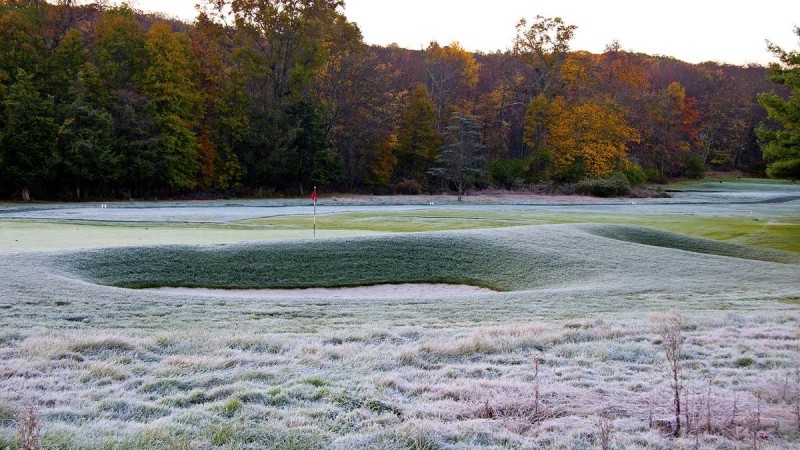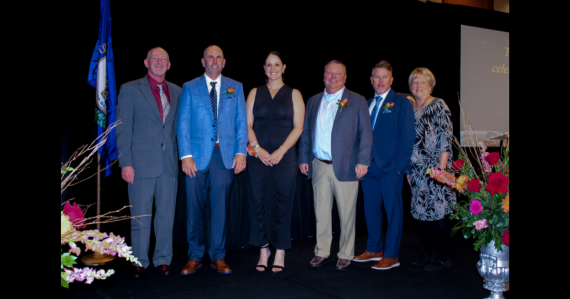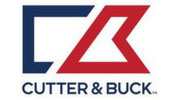
News
Frost Delays: Five Things Every Golfer Should Know

As another golf season is set to begin, courses around the state are preparing for a rush of spring golfers. However, cool, crisp mornings bring the risk of frost delays. At some golf courses frost delays are rare, while at others they may be a regular occurrence. How often your morning round is affected by frost depends on the weather and a variety of other factors. Here are five things every golfer should know about frost delays:
1. Crunchy grass is vulnerable to damage.
Golf course turf is normally resilient to traffic, but when ice crystals form inside the plants, they become brittle and vulnerable to damage. Walking or driving over frost-covered grass may rupture plant cells, leading to dead turf. Or the plants may be weakened without immediately showing the effects. It can take grass more than a month to recover from this damage.
2. When it comes to frost delays, location is everything.
Many of us have looked out our windows at home and seen no signs of frost, only to find a frost delay when we reach the golf course. This is because frost can linger in colder microclimates long after other areas have thawed. North-facing slopes, low-lying areas and areas sheltered from the wind are especially likely to remain covered with frost. If you are worried about a potential frost delay it is best to call the golf shop to check on conditions at the course before leaving home.
Frost can linger in low-lying and shaded areas long after temperatures have warmed elsewhere.
3. Closely mown turf is at high risk.
Frost damage can occur on any part of the golf course, but it poses the greatest risk to closely mown turf. Putting greens are particularly vulnerable because they experience the most concentrated traffic. A foursome typically takes 300 steps or more on each putting green; if there is frost present, all those steps could cause serious damage.
4. A little frost can cause big delays.
No signs of frost on the first tee? That doesn’t mean you will get the “all clear” sign. If frost remains in areas that are unavoidable early in the round, the course must remain closed. It is also important to remember that once the frost is totally clear, the maintenance staff will need time to catch up on course preparations before play can begin.
When large trees shade primary playing surfaces, especially on early holes, the course must remain closed even if the frost has melted elsewhere.
5. More light goes a long way.
Shade extends frost delays by preventing sunlight from melting the frost. Pruning or removing trees that shade primary playing surfaces can improve the course’s overall health and reduce the duration of frost delays. This is especially true on holes played early in the round. The shade from a few trees can keep an entire course closed.






















































